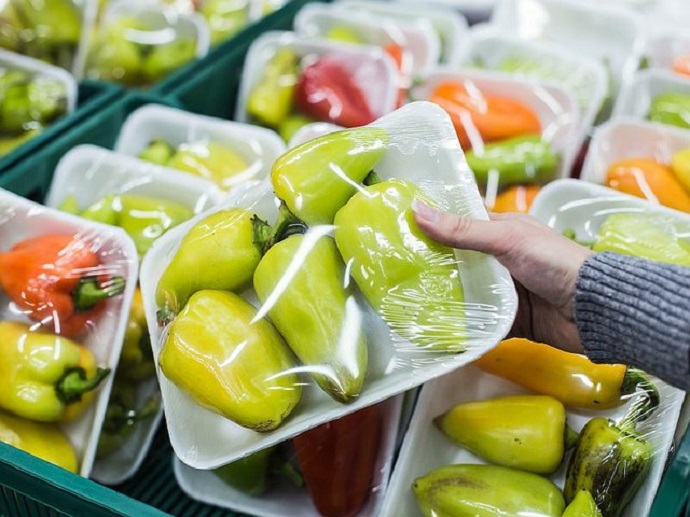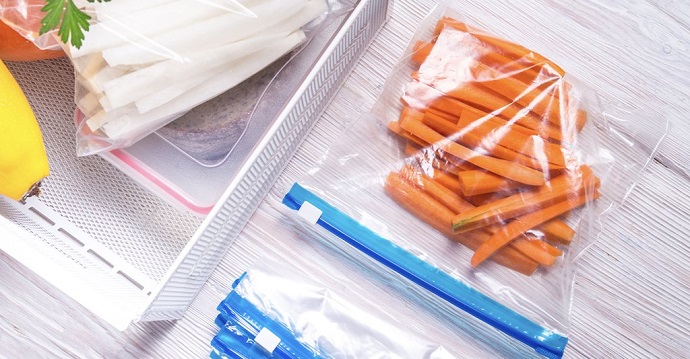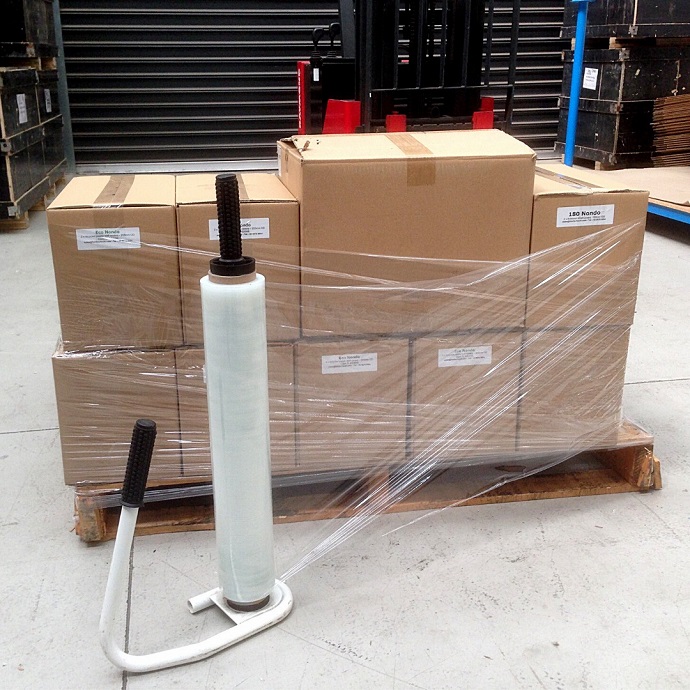As consumers, we dispose of tones of packaging materials each year, including plastic, paper, glass, tin and more. But they don’t simply disappear into thin air. Small steps are the key to living a more sustainable life and making a positive difference in protecting our environment. It’s important to realise that as long as it’s collected and disposed of properly, plastic packaging can be a green option.
Plastic is often the most efficient material to choose than other alternatives. If there was no plastic packaging available, the overall consumption of mass, energy and greenhouse gas emissions would be increased. Without it, a lot of products would not make the journey to the store or our homes as they wouldn’t survive in good condition long enough to be consumed or used.

Source: packagingeurope.com
The wide variety of materials and processing techniques of plastics technology, enable the production of an infinite number of pack shapes and technical properties. Almost anything can be packed in plastics, from liquids to powders to solids and semi-solids. As a business, you can opt for plastic packaging for your products and discover the numerous benefits it has to offer.
What Are the Advantages of Plastic Packaging?
Safe and Hygienic
Plastic prevents the contamination of goods by germs and malodour from the manufacture, through distribution to storage and display. It’s particularly useful for packaging medicines and pharmaceuticals as it can be filled and sealed hygienically with no human intervention. Plastics packaging is a great choice for packaging foodstuffs as well. It hygienically protects and preserves perishable food for longer, thus helping to reduce waste and the use of preservatives while maintaining the taste and nutritional value of food.
Secure
Plastics packaging can be produced and used with tamper-evident and child-resistant closures. The transparency of the pack allows the user to examine the condition of the goods before purchase or usage.

Source: www.tentree.com
Durable
The long polymer chains which constitute the raw plastic material make it very difficult to break and durable. As a result, it can protect your products from the wear and tear associated with production and shipping.
Lightweight
It’s lightweight and takes up less space than alternatives, meaning lighter loads for planes and trucks and can save energy in the transport of packaged goods. Taking this into account, plastic reduces the use of fuel, thus helping to lower emissions and offering cost savings for distributors, retailers and consumers. It also helps reduce the amount of waste generated.
Sustainable
Many think plastic is a detriment to the environment, but the truth is that plastics packaging is eminently recyclable and a growing range of businesses incorporate recycling practices. One of the greatest advantages is that it can be recycled six or more times before its properties are weakened. Then it can be submitted to energy from waste schemes.
Cost-Effective
Plastic is a very cost-effective packaging solution for any business. It’s inexpensive and due to its lightweight, it saves over alternatives when it comes to shipping and transportation costs. This type of packaging saves both in the cost to get products to consumers and in the cost to get post-consumer materials to recycling centres.
Versatile
Plastics packaging can be transformed into many different shapes. There is a variety of plastics packaging you can find out there, such as bags and pouches or stretch wrap film which can help in many ways. No other material can fit packaging to your product as plastic can do. It can help you form packaging into a box, sphere, cylinder or any other shape and seal it tightly. You can package both small and large items, hot foods, cold liquids and more.
Common Types of Plastic Packaging
If you’re new to packaging, you may get confused when it comes to the difference between stretch film and shrink film. They’re both made of plastic and are sometimes mistakenly used interchangeably. Whether you need to choose a stretch or shrink film depends on the type of products you’re packaging.

Source: www.biogone.com
Stretch Wrap
Stretch wrap is a thin, stretchable plastic film, usually made from polyethylene, and is used to lock and secure cased goods onto a pallet. As it’s wrapped around the pallet, tension is applied that creates a constrictive force around the load and holds it in place. There are many types of stretch wrap film. Each one has qualities that are suitable for a certain stretch wrapping operation, such as load size and type as well we performance requirements. The following are some of the most commonly used stretch film types.
Cast Stretch
Cast stretch film is created using an extensive manufacturing process called cast extrusion. This process requires the continuous propelling of thermoplastic material through a flat die onto a chilled roll. It provides clarity to cast films and allows users to see the wrapped goods. Cast stretch film is easy to stretch and offers two-sided cling that ensures products are safe during shipping.
Blown Stretch
Blown stretch film is manufactured by a process known as blown extrusion. It involves blowing heated resins into a bubble which is transformed into sheets that are rolled and applied to a core tube. This process allows the blown film to be tougher and more resilient to other types of film. For that reason, it has a higher tear resistance, which is a great advantage when it comes to securing loads that may have sharp edges.
Hand Stretch
Hand stretch film is designed to be applied manually and is used in lower capacity packaging operations.
UV Stretch
Ultra Violet film is a stretch film with inhibiting additives that offer protection against photodegradation when wrapped loads are stored outdoors.
Shrink Wrap
Shrink wrap is a plastic film that’s mainly used to package the product itself, and not a case of goods. It’s used for packaging toys, fresh produce, frozen foods and more. When heat is applied, the plastic shrinks to fit the packaging and creates a tight, protective wrap. The most common types of shrink wrap are polyolefin and polyethylene.
Polyolefin provides great clarity and appearance, durability and versatility. It’s printable and is a great choice for freezer applications. Polyethylene, on the other hand, offers lower clarity than other films, but it’s thicker and durable. Polyethylene tightens around the package at the last stage of the packaging process, when cool air is introduced and provides ultimate protection for shipped products.












